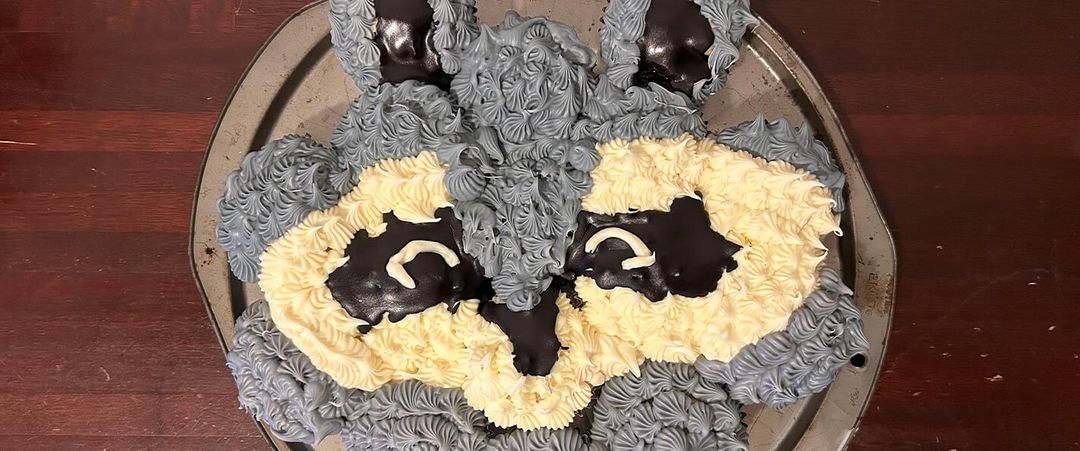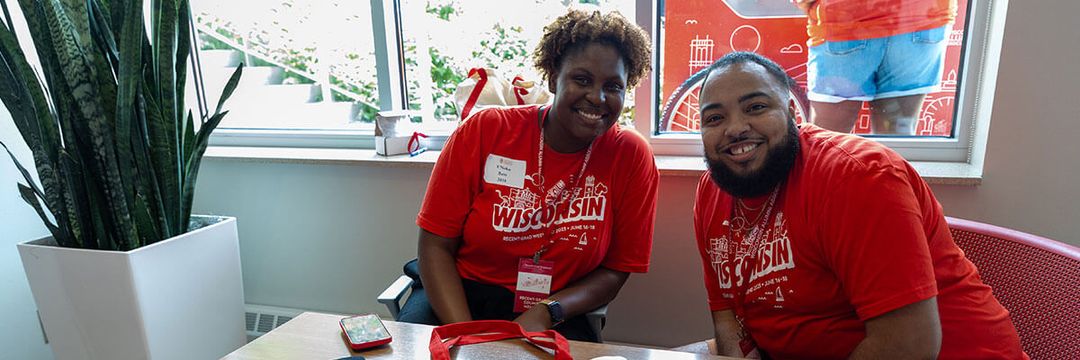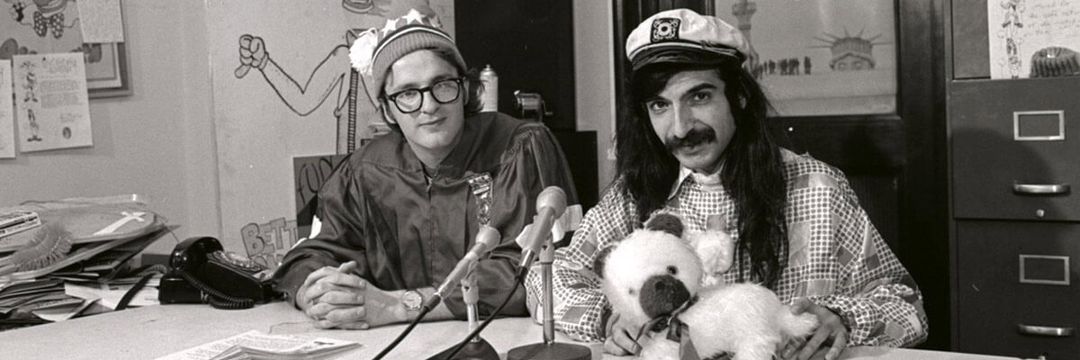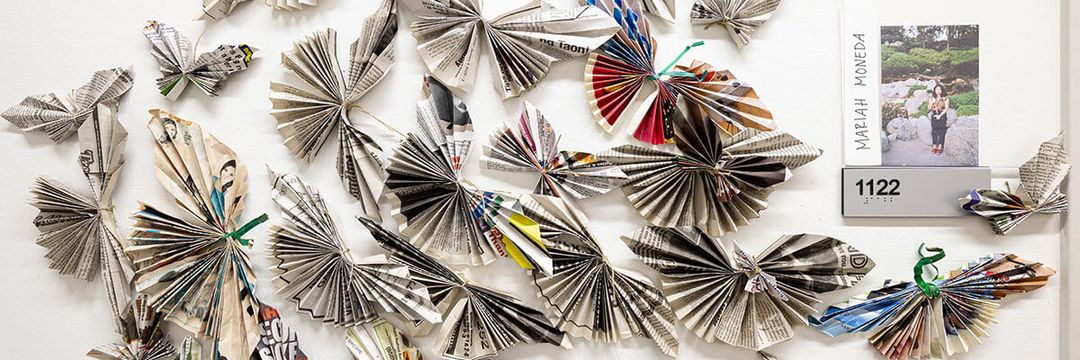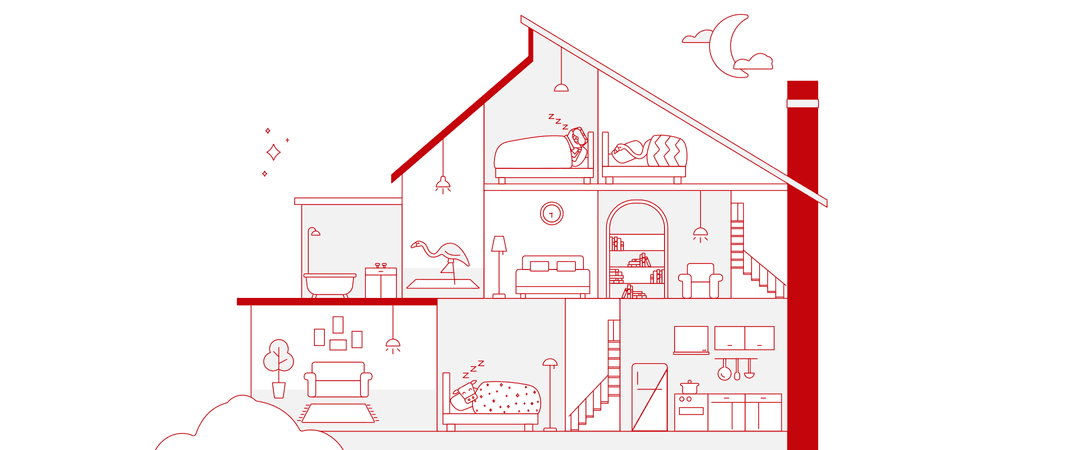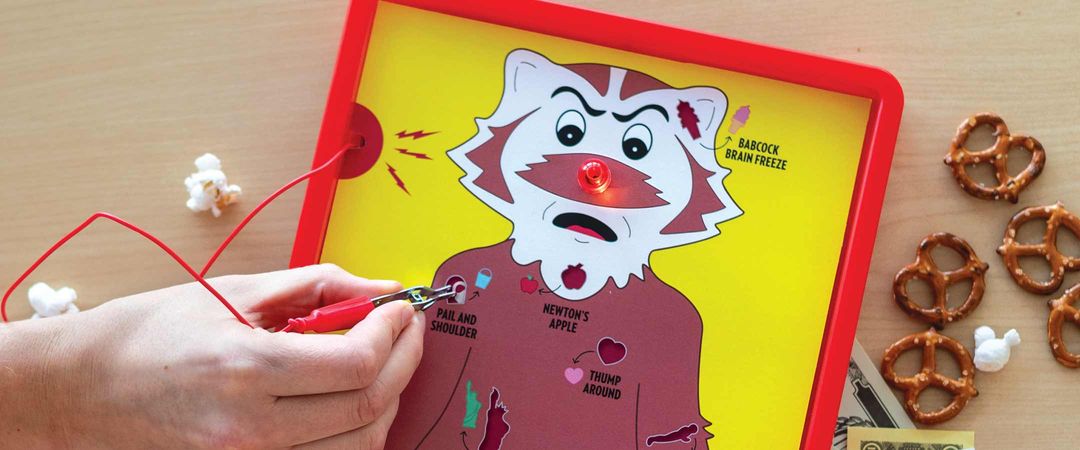Ingredients:
Crust:
1 cup graham cracker crumbs
1/4 cup powdered sugar
1/3 cup melted butter
Filling:
2 cups milk
1 cup sugar
2 tablespoons cornstarch
4 eggs, separated
1 tablespoon gelatin softened in 1/4 cup cold water
1 1/4 ounces baking chocolate
1/4 teaspoon cream of tartar
Procedure:
Mix crust ingredients, press into pie tin, and bake five minutes at 350 degrees Fahrenheit.
Heat milk in a double boiler. Blend cornstarch and half of the sugar together. Add enough of the hot milk to moisten well, then add to the balance of the hot milk and continue cooking in double boiler. Beat egg yolks, pour some of the hot milk mixture over them, beating well, and then add them to the hot milk mixture in the double boiler. Cook, stirring constantly, until thick and smooth. Add softened gelatin, blend well, and set mixture aside to cool.
Melt chocolate over hot water [in double boiler]. Take one cup of the hot custard mixture, stir it into the melted chocolate and set aside to cool. When it becomes cool, but not stiff, beat the egg whites with the cream of tartar. When they are stiff enough to hold peaks, add the remaining half cup of sugar gradually and continue beating until well blended. Fold beaten egg whites into the cooled vanilla custard mixture. Now pour the cooled chocolate custard mixture into the graham cracker pie shell. Pour the custard-egg white mixture over it, and refrigerate several hours or overnight. Top with whipped cream and grated sweet chocolate before serving.
Variations:
I forgot to pick up cream of tartar from the grocery store, so on the advice of a quick Google search, I used half a teaspoon of lemon juice instead. I also used a third of a cup of sugar as I beat the egg whites — half a cup seemed gratuitous, considering the rest of the recipe.
There are a few different recipes for fudge-bottom pie. Chefs at Memorial Union keep their recipe closely guarded under their puffy white hats, so that version was out for this review unless I wanted to pick up a second job as a spy. (I didn’t.) UW Housing is much more open with its recipe: it’s posted online, and pastry chef Ruthie Schommer will even walk you through each step in this video accompanying the Winter 2022 issue of On Wisconsin.
I went with a third option: the original recipe developed by UW Housing chef Carson Gulley, which you can find in his 1956 cookbook, Seasoning Secrets. The Union might quibble with this credit to Gulley — it claims to have started serving its version of the pie before UW Housing. Nevertheless, we must let pie-gones be pie-gones. All that matters is that Badgers have access to lots of chocolatey, custardy treats.
Back to Gulley’s version — the basis of today’s UW Housing recipe. I don’t blame the Housing chefs for simplifying his recipe a bit. It took a long time to make and dirtied nearly every mixing bowl and rubber spatula at my disposal.
The crust was easy as pie, though. I used a food processor to quickly crumble my graham crackers, mixed the butter and sugar in, and then popped it into the oven.
Making the custard tested my patience. The actual process was straightforward — I separated the eggs and set up my double boiler in a snap. And Gulley’s instructions for mixing in the corn starch and sugar and tempering the egg yolks were easy enough. But I’ve never made custard before, and I had no idea how long it would take to reach the “thick and smooth” stage. After 30 minutes of committed stirring and seeing no change in consistency, I abandoned my double boiler system and went for direct heat. After just a few minutes in a saucepan, the custard thickened right up. If you go with my impatient method, be sure to pay extra-close attention while stirring. Otherwise, your custard will quickly go from thick and smooth to thick and lumpy.
Once I whisked out a few lumps and had a silky-smooth custard, I incorporated the softened gelatin, removed a cup of the mixture as directed, and broke out the double boiler again to get some chocolate melting. I mixed the slightly cooled chocolate into the reserved custard and poured it into my pie crust. Then I beat the egg whites to stiff peaks (thank goodness for electric mixers), folded it into the remaining custard, and poured it over the chocolate layer.
After an overnight stay in the fridge, it firmed up enough to spread some Cool Whip over the top. I felt a little silly using store-bought "whipped topping" on a pie that required me to make homemade custard, but hey, I already did a lot of work, and I had it on hand.
Review:
I’m a little afraid to admit it to an audience of Badgers, but fudge-bottom pie is not all it’s cracked up to be. To be fair, I’ve never had it at Memorial Union or a Housing cafeteria, so the other versions could be as dreamy as many alumni claim. However, I can tell you that I don’t recommend Gulley’s original version. I respect his innovation — today’s UW Housing pastry chefs stand on the shoulders of a pie giant. But they also likely have an improved recipe.
What’s wrong with the older concoction? To start, the predominant flavor is sugar. Not vanilla — straight sugar. Despite Gulley’s reference to vanilla custard in his instructions, there isn’t a drop of vanilla in the pie. And the chocolate — mixed in with the sugary custard base — barely comes through.
This layered pie resulted in a few different textures. The graham cracker base was soggy — which is to be expected after 24 hours covered in custard. Because of the gelatin, the chocolate layer was rubbery. The rest of the custard took on the fluffy texture you would expect of whipped egg whites — a fine texture, but not one that you look for in custard.
If you have a hankering for fudge-bottom pie, I’d suggest trying out the UW Housing recipe. It has vanilla, a more fudge-like base, and a nongelatinous custard unadulterated by meringue. Or, better yet, if you’re in the area, skip the recipe reading and cleanup and order a pie from the Union.






